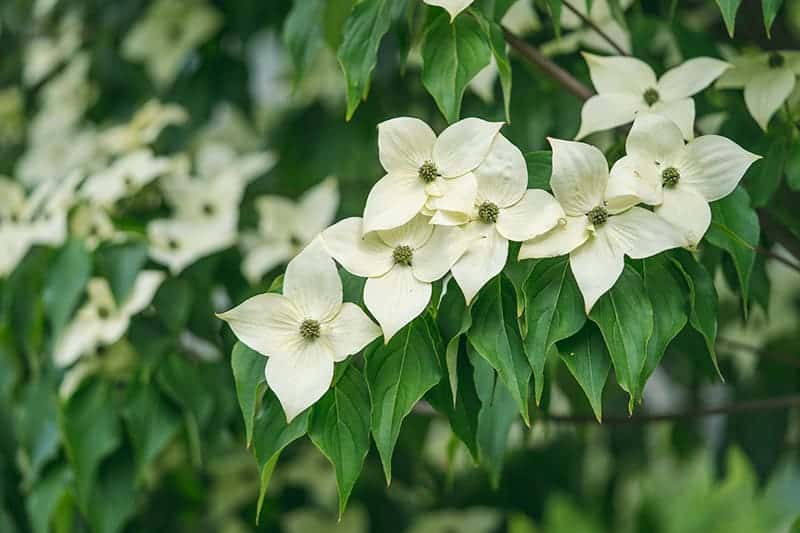- Home >
- Knock Out® Roses
Knock Out® Roses for Sale - Buying & Growing Guide
Do You Know Your Growing Zone? i Growing zones help determine if a particular plant is likely to grow well in a location. It identifies the average annual minimum winter temperatures across the U.S. provided as a map by the USDA.
6 Results
How to Plant Knock Out® Roses
Soil quality is one of the most crucial factors when planting a Knock Out® rose. Avoid planting in areas where there is heavy clay. Knock Out® roses need loose soil so that their roots can grow easily and so that water can drain efficiently. These plants also like soil that is slightly acidic.
There are many garden uses for Knock Out® roses, but most often, you’ll want to make yours stand out as a focal point. Place your Knock Out® rose in a central location where all can admire its lovely flowers. Although it’s possible for Knock Out® roses to survive in partial shade, they will offer the best blooms in full sun.
How to Grow Knock Out® Roses
- When. The perfect time to plant Knock Out® roses is during the early spring when this plant is just exiting dormancy.
- Where. Knock Out® roses tend to adapt well to many different growing locations. However, this plant shows the best flowers when it receives plenty of light.
- How. After digging a wide planting hole, loosen the soil on the bottom and sides of the hole to improve aeration and facilitate root expansion. Ensure your plant is level before backfilling the hole. Soak the soil just after planting.
How to Care for Knock Out® Roses
- Watering. While overwatering can lead to root rot, Knock Out® roses do best in soil that remains moist and has excellent drainage. Water an established Knock Out® rose about once per week or whenever the first inch of soil becomes dry.
- Nutrients. Generally, these plants do not need much fertilization to survive. However, adding a balanced fertilizer once per year can enhance the blooms and growth. Wait until after your Knock Out® rose has begun flowering before applying fertilizer.
- Pruning. Prune your Knock Out® rose to remove dead branches and any suckers that appear. Generally, it is not best to prune in the fall, but any other time of year is permissible.
- Pollination. Knock Out® roses typically rely on pollinator species like bees and butterflies. However, these flowers tend to produce low amounts of nectar, which means they are unlikely to attract large swarms of insects.
- Harvesting. Knock Out® roses do not have the long stems that other roses have, which is why people don’t use them as cut flowers as often.









